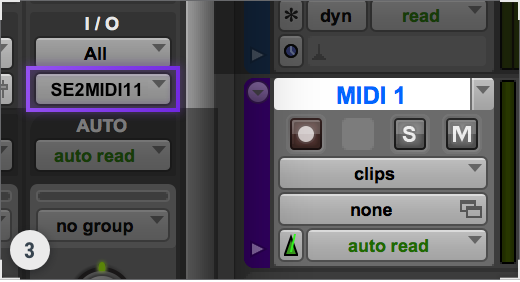
If you have the effect inserted directly on a track and a freeze is triggered, you’ll lose the dry signal altogether. Certain gestures will freeze incoming audio signals. In addition to the routing you need to do for Stutter Edit 2 to receive MIDI messages from an external MIDI track, you’ll want to address the routing of the live signal(s) you’ll be processing in the moment. If you’d like to program the gestures beforehand and just play along, you can send the device MIDI messages and sequences directly from the MIDI track you’ve set up to work in tandem with Stutter Edit 2. If you want a relatively immediate reaction, set it to 1/64.

If you need more time or have your hands/feet busy, setting it to one bar might be useful. Grid: Once Stutter Edit receives the “on” message, at which point should a gesture jump into action? This is a quantization setting that will allow you to trigger a gesture before it begins, without incurring synchronization issues. Do you want it to continue the phrase until the end of the assigned length? Do you want it to stop the moment you take your finger/foot off, like a gate? Or do you want it to sustain until you trigger another gesture? Release: There are a number of ways to set the gesture to respond once Stutter Edit 2 receives an “off” message. The gestures need to fit inside the context of your piece, so something may need to be shortened or lengthened. Length: How long do you need the gesture to be? Experiment with different settings in order to get what you’re looking for. In addition to parameters which dictate the stutter and effects, other essential settings include:

Since this will all be happening live, make sure that each gesture behaves the way you want it to.


 0 kommentar(er)
0 kommentar(er)
